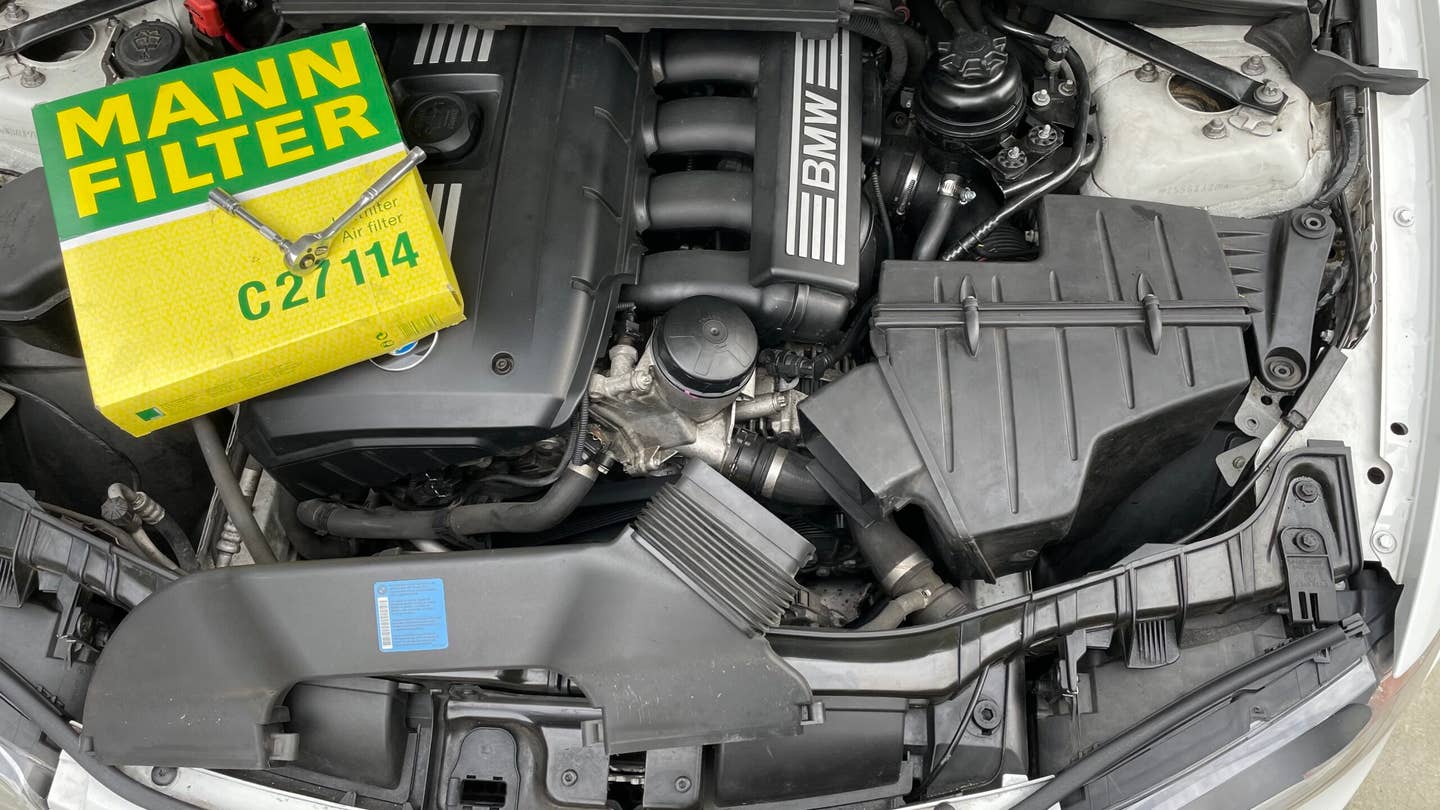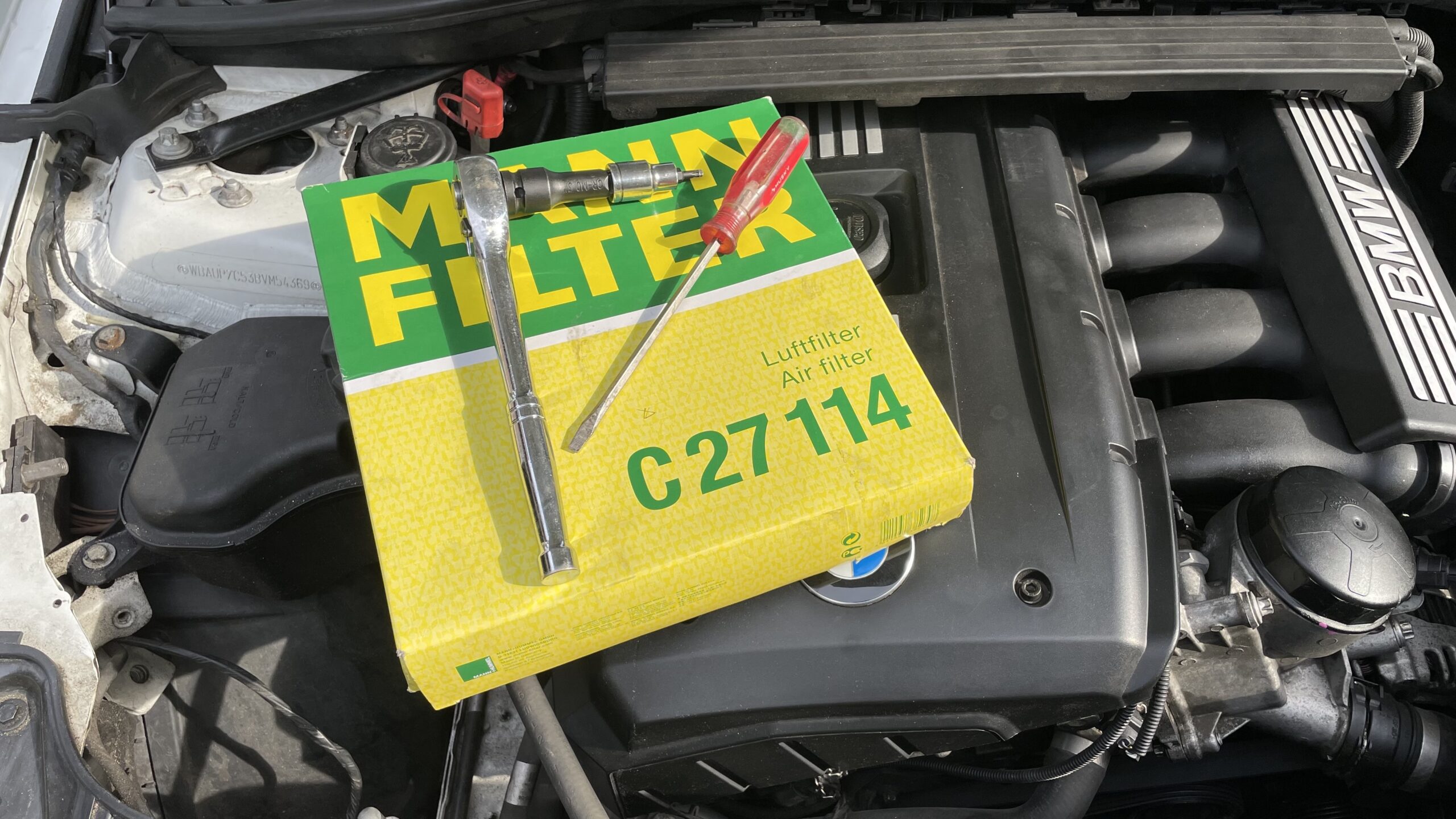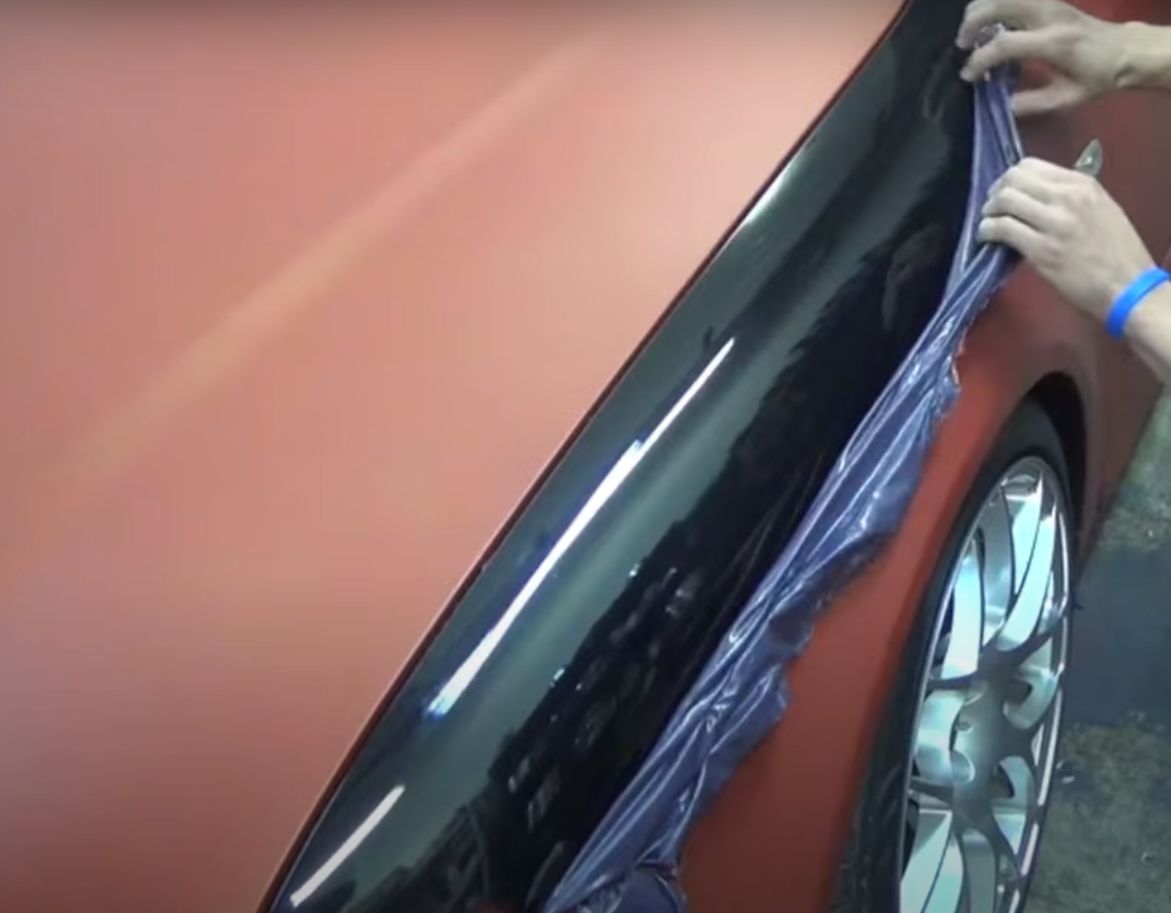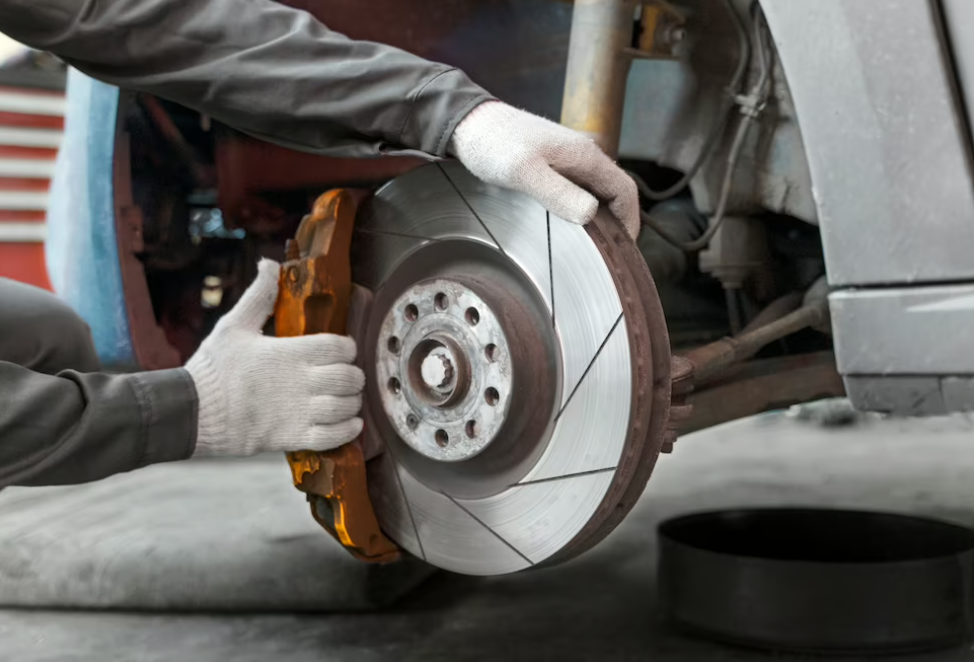How To Change Your Car's Air Filter?
Regularly changing your car's air filter is a crucial maintenance task that can significantly impact your vehicle's performance. A clean air filter ensures that your engine receives the proper air-fuel mixture, which leads to better fuel efficiency, improved engine performance, and a longer lifespan for your engine.
In this guide, we'll walk you through the process of changing your car's air filter, from understanding its importance to a detailed step-by-step replacement guide.

Understanding Your Car's Air Filter
The air filter in your car plays a vital role in maintaining engine performance. It filters out dust, dirt, and other contaminants from the air before it enters the engine, ensuring that only clean air mixes with the fuel. There are several types of air filters available, including paper, foam, and cotton filters. Paper filters are the most common and are typically disposable, while foam and cotton filters can often be cleaned and reused.
Signs that Your Air Filter Needs Changing:
- Reduced fuel efficiency
- Decreased acceleration and engine power
- Unusual engine noises
- A visibly dirty filter (darkened or clogged with debris)
- The "Check Engine" light is coming on.

Before you start, gather the necessary tools and materials:
- A new air filter (make sure it's the right type and size for your car)
- A screwdriver or wrench (depending on your car's air filter housing)
- Gloves (optional, for cleaner hands)
- Optional: an air blower or clean cloth for cleaning the housing

Step 1: Park Your Car Safely
Ensure your car is parked on a flat, stable surface. Engage the parking brake to prevent any movement while you're working under the hood.
Step 2: Locate the Air Filter Housing
Open the hood of your car and locate the air filter housing. This is usually a black plastic box situated near the engine, often with a large hose connected to it. If you're unsure, consult your car’s manual for the exact location.
Step 3: Open the Air Filter Housing
To open the housing, you might need to remove screws, clips, or fasteners. Use a screwdriver or wrench as needed. Handle the housing carefully to avoid damaging any components.
Step 4: Remove the Old Air Filter
Once the housing is open, gently lift out the old air filter. Take note of how it is positioned so you can correctly install the new one. Check the filter for excessive dirt and debris, and ensure there are no large contaminants in the housing itself.

Step 5: Clean the Filter Housing
Before inserting the new filter, clean the inside of the filter housing using a clean cloth or an air blower. Removing any dirt or debris will help your new filter work more efficiently.
Step 6: Insert the New Air Filter
Place the new air filter into the housing, ensuring it is properly aligned and fits snugly. The filter should sit securely without forcing it. Make sure the rubber seal around the edge of the filter is intact and seated correctly.
Step 7: Reassemble the Air Filter Housing
Reattach the housing cover and secure it with the screws, clips, or fasteners you removed earlier. Ensure everything is tightly fastened and the housing is properly sealed to prevent any unfiltered air from entering the engine.
To keep your car running smoothly, follow these maintenance tips:
- Set Reminders: Use your phone or a calendar to remind you to check your air filter every 6,000 to 12,000 miles, or as recommended by your vehicle’s manufacturer.
- Keep a Record: Maintain a log of when you change your air filter. This will help you keep track of your car’s maintenance history.
- Extend Filter Life: Avoid driving on excessively dusty or dirty roads whenever possible to prolong the life of your air filter.
The new filter doesn’t fit: Double-check the size and type of the filter you purchased. If it’s the correct one and still doesn’t fit, consult your car’s manual or contact the manufacturer.
Persistent Performance Issues: If you still experience reduced engine performance or fuel efficiency after changing the filter, there could be other underlying issues with your vehicle. It may be time to consult a professional mechanic.
When to Seek Professional Help: If you encounter any difficulties during the replacement process or if your car continues to show signs of trouble, don’t hesitate to seek help from a certified mechanic.
How often should I change my car's air filter?
It's recommended to change your car's air filter every 12,000 to 15,000 miles, or at least once a year. Check your vehicle's manual for specific guidelines.
How do I know if my car's air filter needs changing?
Signs include reduced fuel efficiency, decreased engine performance, unusual engine noises, a visibly dirty filter, or the "Check Engine" light coming on.
Where can I find the air filter in my car?
The air filter is typically located in a black plastic box near the engine, often connected to a large hose. Consult your car’s manual if you have trouble locating it.
What type of air filter should I use for my car?
Use the type and size recommended by your vehicle's manufacturer. Common types include paper, foam, and cotton filters. Paper filters are most common, while foam and cotton filters can often be cleaned and reused.
Changing your car's air filter is a simple yet essential task that can have a significant impact on your vehicle's performance and longevity. By following the steps outlined in this guide, you can ensure that your engine receives clean air, leading to better fuel efficiency and smoother operation. Make regular air filter changes a part of your car maintenance routine, and enjoy the benefits of a well-maintained vehicle.
Changing your car's air filter is a daunting task. That's why I've included the video below to help you figure it all out.
Check out this video by O'Reilly Auto Parts: How To: Change Your Vehicle's Air Filter
Click on the following link to read another blog post: What Are Tire Chains For Snow?












